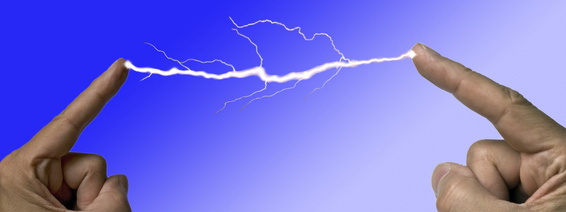 |
Informationen über Rechtsvorschriften der EU |
|
Richtlinie 2014/30/EU
EMV-Richtlinie |
Impressum / Kontakt Datenschutzerklärung
Please find here information of the European Commission - Internal Market, Industry, Entrepeneurship and SMEs
All electric devices or installations influence each other when interconnected or close to each other, e.g. interference between TV sets, GSM handsets, radios and nearby washing machine or electrical power lines. The purpose of electromagnetic compatibility (EMC) is to keep all those side effects under reasonable control. EMC designates all the existing and future techniques and technologies for reducing disturbance and enhancing immunity.
The electromagnetic compatibility (EMC) Directive 2014/30/EU ensures that electrical and electronic equipment does not generate, or is not affected by, electromagnetic disturbance.
The EMC directive limits electromagnetic emissions from equipment in order to ensure that, when used as intended, such equipment does not disturb radio and telecommunication, as well as other equipment. The directive also governs the immunity of such equipment to interference and seeks to ensure that this equipment is not disturbed by radio emissions, when used as intended.
The main objectives of the directives are to regulate the compatibility of equipment regarding EMC:
-
equipment (apparatus and fixed installations) needs to comply with EMC requirements when it is placed on the market and/or taken into service
-
the application of good engineering practice is required for fixed installations, with the possibility that competent authorities of EU countries may impose measures in instances of non-compliance.
Legislation
Guidance
-
EMCD guide (English) to assist with the common application of the Directive 2014/30/EU (also available in French and German). The guide has no weight in law, but deals with a number of practical issues that will be of interest to manufacturers and other stakeholders
-
Questions and answers on the transition from Directive 2004/108/EC to 2014/30/EU (526 kB)
-
Supplementary guidance on LVD/EMCD/RED (combined equipment) (146 kB)
Issues with respect to implementation are regularly considered.
ADCO documents and recommendations
The administrative co-operation (EMC ADCO) is an independent working group run and chaired by the EU countries.
The group is a forum for cooperation and exchange of information between national market surveillance authorities.
EMC ADCO information sheet for economic operators (299 KB)
Example of EU declaration of conformity (DoC) adopted by EMC ADCO (Word document, 39 kB)
European language requirements for products covered by EMCD 2014/30/EU (2.0)
Results of the latest Market Surveillance campaigns of ADCO - market surveillance reports:
-
Report on the 10th joint cross-border EMC market surveillance campaign on PLC (2018) New
-
Report on the 9th joint cross-border EMC market surveillance campaign on eCigarettes (2017)
-
Report on the 8th joint cross-border EMC market surveillance campaign on inductive appliances (2017)
-
Report on the 7th joint cross-border EMC/LVD market surveillance campaign on LED floodlights (2017)
For more reports, please see the ADCO page.
Working party documents
The working party (EMC WP) deals with general policy issues related to the management and implementation of the directive. It is chaired by the Commission and involves EU national authorities, standardisers, notified bodies, Industry and other interested parties. EMC WP documents are not legally binding. They aim at clarifying certain provisions or elements of the directive.
Documents adopted or endorsed by EMC WP:
Notified bodies
Contact points
EU countries have the primary responsibility to implement the EMC directive. Manufacturers have to give notice of their intention to place certain types of equipment on the market, and market surveillance authorities communicate with manufacturers when they suspect that products do not comply with the Directive.
-
Central contact points in charge of implementation of Directive 2014/30/EU (285 kB)
-
Central contact points in charge of the market surveillance under Directive 2014/30/EU (224 kB)
